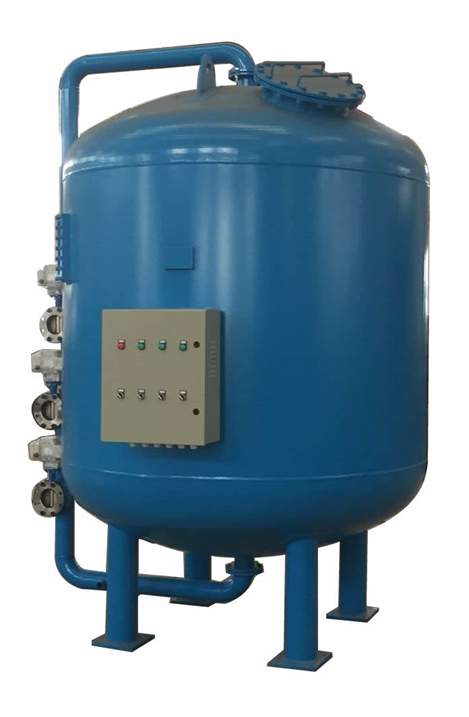The Activated carbon Filters are designed to remove free chlorine, organic matter, odour and Colour present in the raw water and waste water.
Due to its high degree of micro porosity, activated carbons provide a huge surface area. Activated carbon filter operates through adsorption. Adsorption is directly related to the surface area of the media. This great surface area furnishes a huge adsorption area for organic as well as chlorine molecules to attach themselves.
The Activated Carbon Filters consist of Activated carbon granules supported by very fine quartz filter media. Various grades of carbon are available for specialized treatments.
Activated carbon filter for water treatment is the most frequently used, robust method to remove suspended solids from water. The Filter consists of a multiple layer of sand/ Filter Media with a variety in size and specific gravity. The Filters are designed to remove turbidity and suspended particles present in the feed water with minimum pressure drop.

